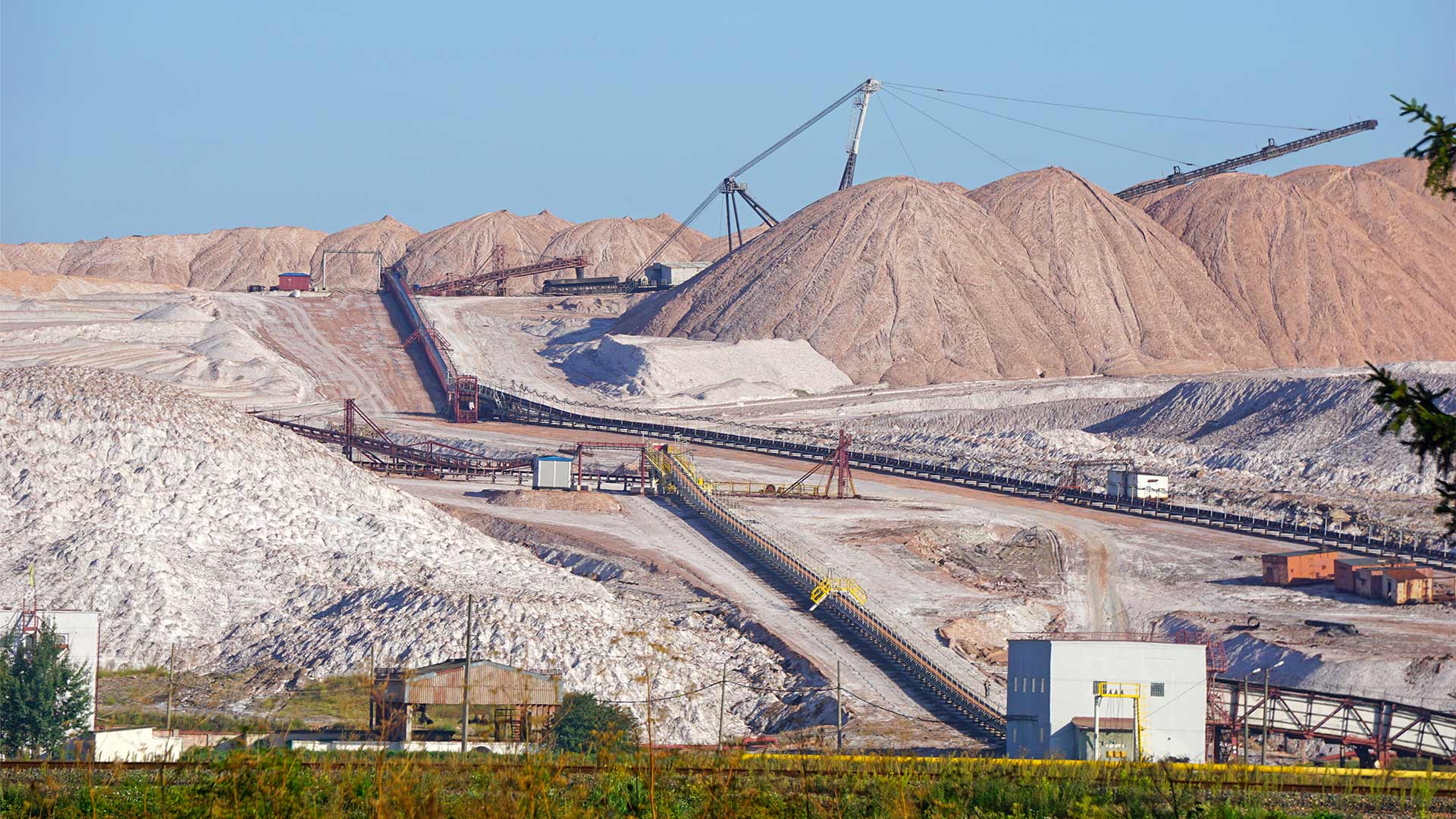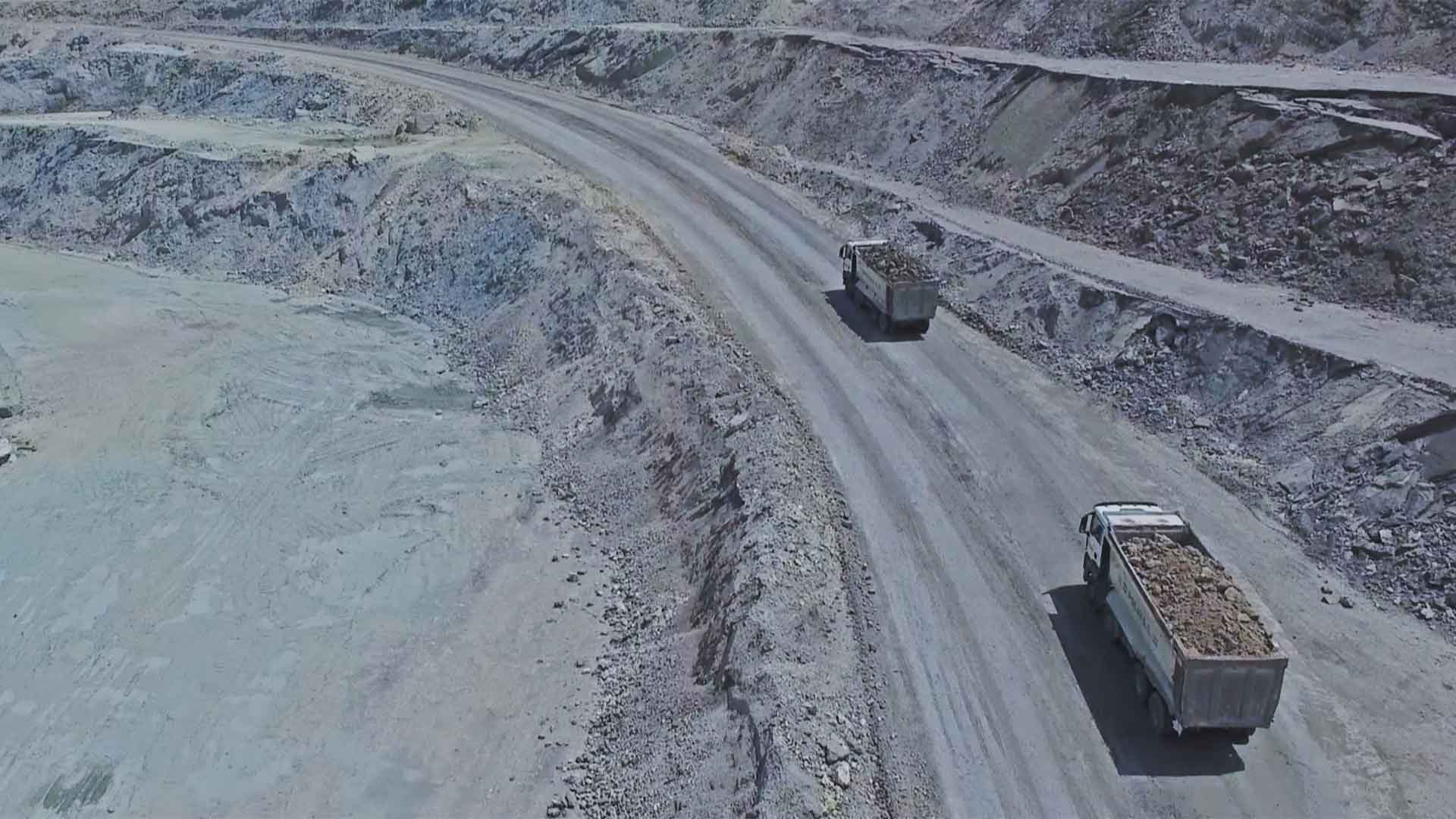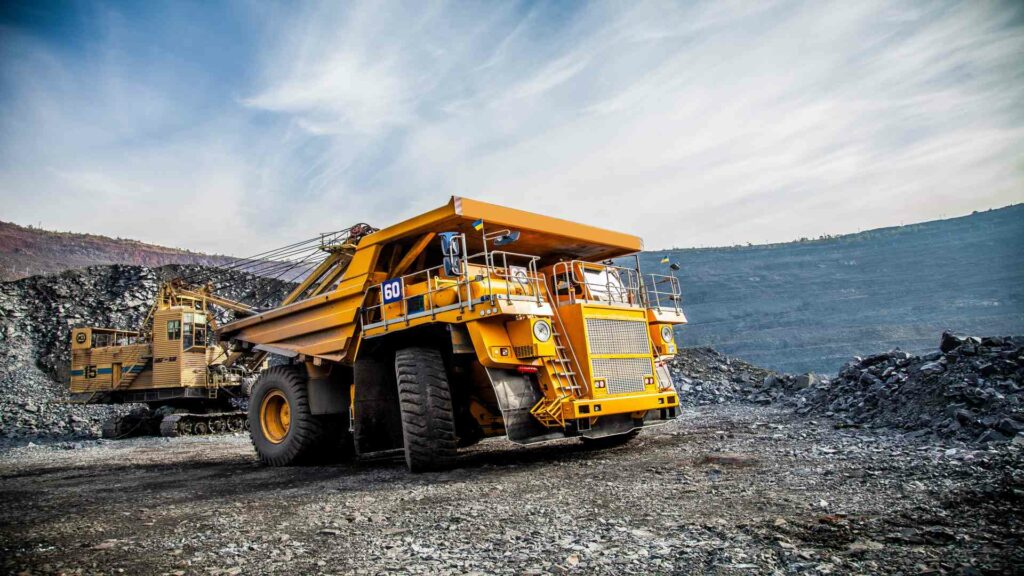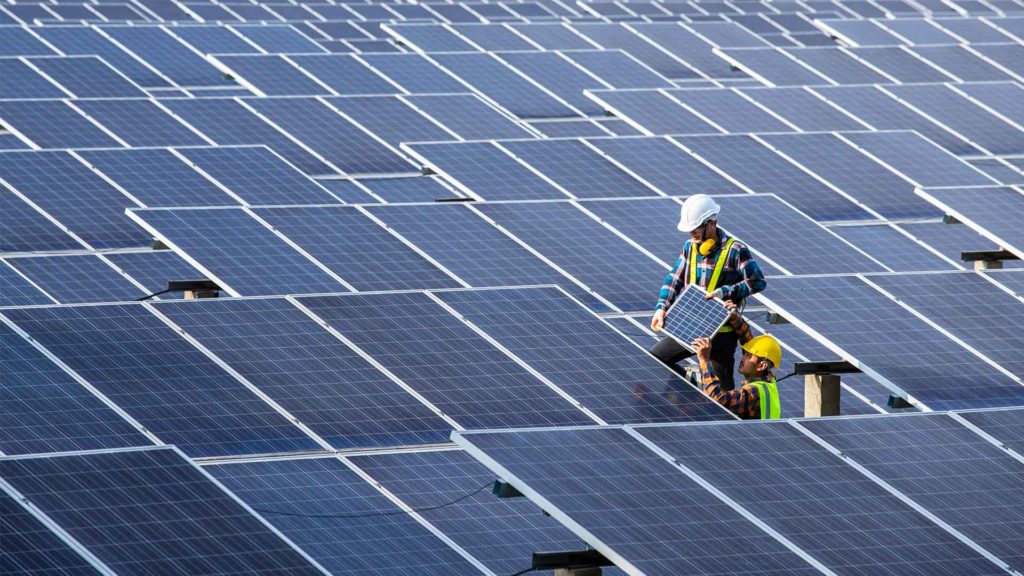Extraction of Lithium from Boron Waste
Research has revealed that lithium can be extracted from boron waste. The connection between boron waste and lithium offers opportunities to create battery-grade lithium for supply in a sustainable manner. It can be done via three-phase extraction or by simply extracting lithium from boron clay by roasting and leaching. Both Rio Tinto and Eti Maden claim to be the world’s first to market with methods to extract lithium from boron.

Lithium from Boron Waste
Lithium from Boron Waste
There are many applications of lithium, from glass and ceramics to pharmaceuticals. There has been a marked increase in demand for lithium batteries in the past decade. Research has shown that lithium can be extracted using boron waste. Studies have been done, and patents have been made for achieving the same.
Liquid-Liquid-Liquid Three-Phase Extraction
One invention is a method of pre-enriching salt lake brine and separating lithium from it by the liquid-liquid–liquid three-phase extraction. This involves the following steps: adding water-soluble auxiliary extractant to a salt lake concentrated salt brine solution, regulating its pH value, and thoroughly mixing at ambient temperature to obtain an upper/lower 2-layer liquid phase system; adding organic extractant to combine to create an upper/middle/lower 3-layer liquid-phase systems, taking the upper and lower phases from the liquid-phase liquid-phase-phase system and backwashing with the intermediate stages.
The invention can simultaneously enrich and extract lithium and boron by one-step extraction from high-magnesium/lithium-ratio salt lake brine and separate the lithium and boron from abundant coexistent ions of magnesium, calcium, and other impurity metals in the brine. The lithium and boron can be selectively enriched from the upper and mid-phases of the three-liquid phase system to facilitate primary separation. This allows for easier purification and refinement. Three-liquid-phase extraction is possible under either neutral or weakly-acidic conditions. It also has excellent adaptability.
Extracting Lithium from Boron Clays
Another research was done in Turkey and showed that approximately 2000ppm of lithium is found in boron clays. Many researchers looked into the possibility of extracting lithium from clays, but they all concluded it was inefficient compared to extracting minerals and brines. The cost of such extraction is primarily due to the raw materials. Recent research aimed to reduce cost by extracting lithium from boron clays using natural (limestone clay) materials and waste boric acid production. Even under these conditions, statistical modelling of the extraction process enabled an 18% rise in the extraction yield. The study showed that it was possible to design more efficient statistical modelling methods even with low-quality materials.
Companies Extracting Lithium from Boron Waste
Rio Tinto

Rio Tinto has begun the production of battery-grade lithium from waste rock at a lithium demonstration plant at the Boron mine site in California, United States. In 2019, a small-scale test proved that roasting and leaching of waste rock could be used to extract high levels of lithium. The demonstration plant can produce 10 tonnes of battery-grade lithium per year. It was run throughout the year to optimize the process and inform Rio Tinto’s feasibility assessment to move to a larger production scale plant that can produce at least 5,000 tonnes of lithium per year. This would be enough to make approximately 70,000 batteries.
The waste is clay from the production of borates. The waste is then crushed with borax ore and heated water to dissolve them. Finally, the solids that remain after the process is completed are screened. Richard Cohen, managing director for borates and lithium, estimates that the waste contains approximately 2,000 ppm lithium. Cohen declined to provide further details. However, Rio Tinto claims that the roasting and leaching of lithium is a standard method to recover it. The process can be used in a pilot plant that will produce a 10-m.t./yr equivalent lithium-carbonate. Because the metal is already mined, this process should have an economic advantage.
Eti Maden

Eti Maden
Eti Maden opened its Lithium Carbonate Production Plant in December 2020. This pilot plant was built entirely from domestic research and development activities. It is designed to produce lithium using liquid waste generated during the refinement of boron. The initial stage of the operation would see 10 tons of production annually. The plant will produce 600 tons of lithium annually when fully operational.
It is expected to supply half of Turkey’s lithium needs. According to the Turkish Ministry of Energy and Natural Resources, this lithium production process is unique to Eti Maden. In August 2020, the company signed the construction contract for Turkey’s first lithium-ion battery manufacturing facility. It was also announced that preparations had already begun. The company will use its feedback to build two facilities, one in Kirka and one in Bandirma. These facilities will be available for tender in 2022. A new facility in Bandirma will be made in 2023.
Turkey’s boron deposits contain extraordinary amounts of lithium. This lithium found in boron waste was not used as the traditional processing method was too expensive. The RD activities of Eti Maden over three years have resulted in lithium production using liquid waste from refined boron production. This process separates lithium carbonate from boron in waste products and produces marketable boron products and lithium carbonate. The imports of lithium that cost $20 million per year will cease when the Eti Maden Lithium Production Plant is fully operational.
These plants have been designed with a renewable and recycled-focused production approach. This will reduce the need to store waste, saving $1.3 million annually. This method will allow for the treatment and recycling of up to 90% of the liquid, approximately 440,000 cubic meters. This investment would also provide clean water from waste.
Turkey is likely to reap many benefits from producing lithium from boron-waste. These include creating new jobs, increasing domestic production of lithium devices in Turkey, reducing import costs, and realizing the production technology for the most valuable metal. This achievement would also help Turkey to be more innovative in international competition.





